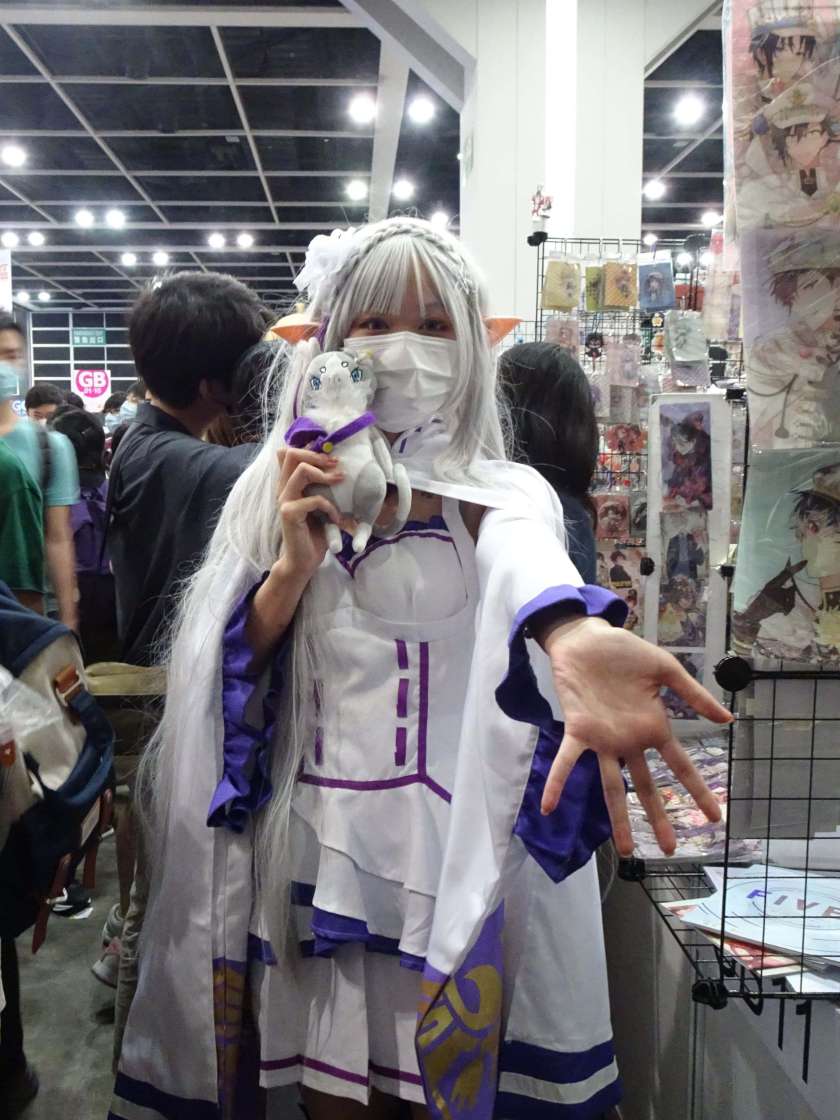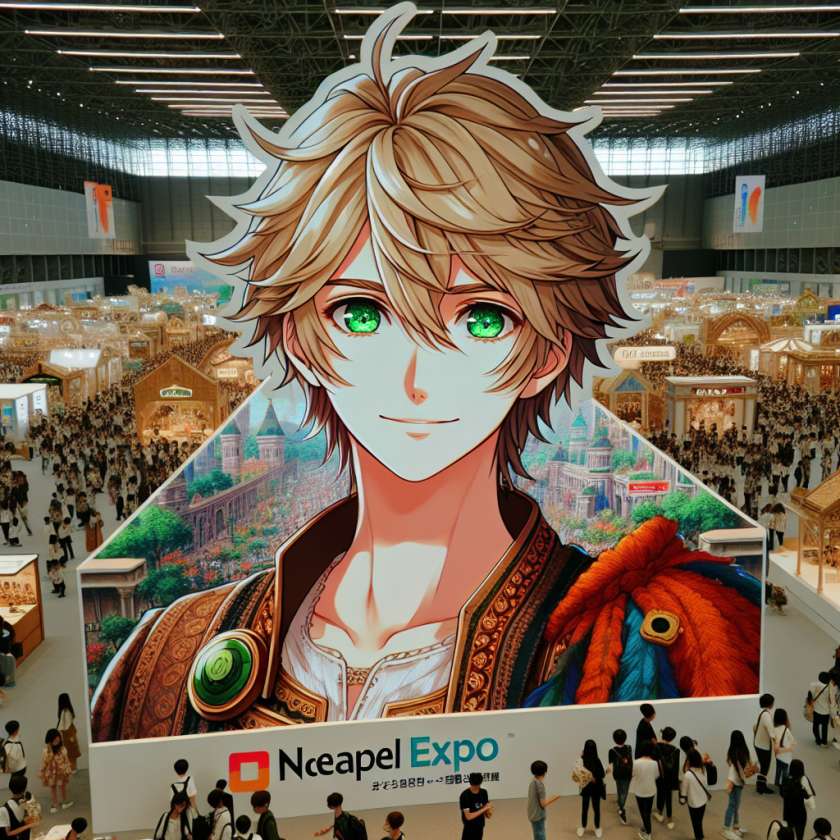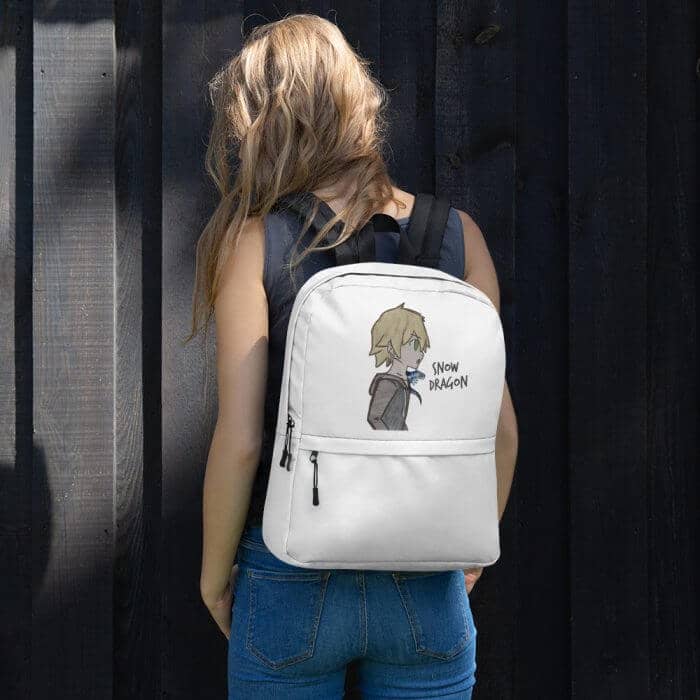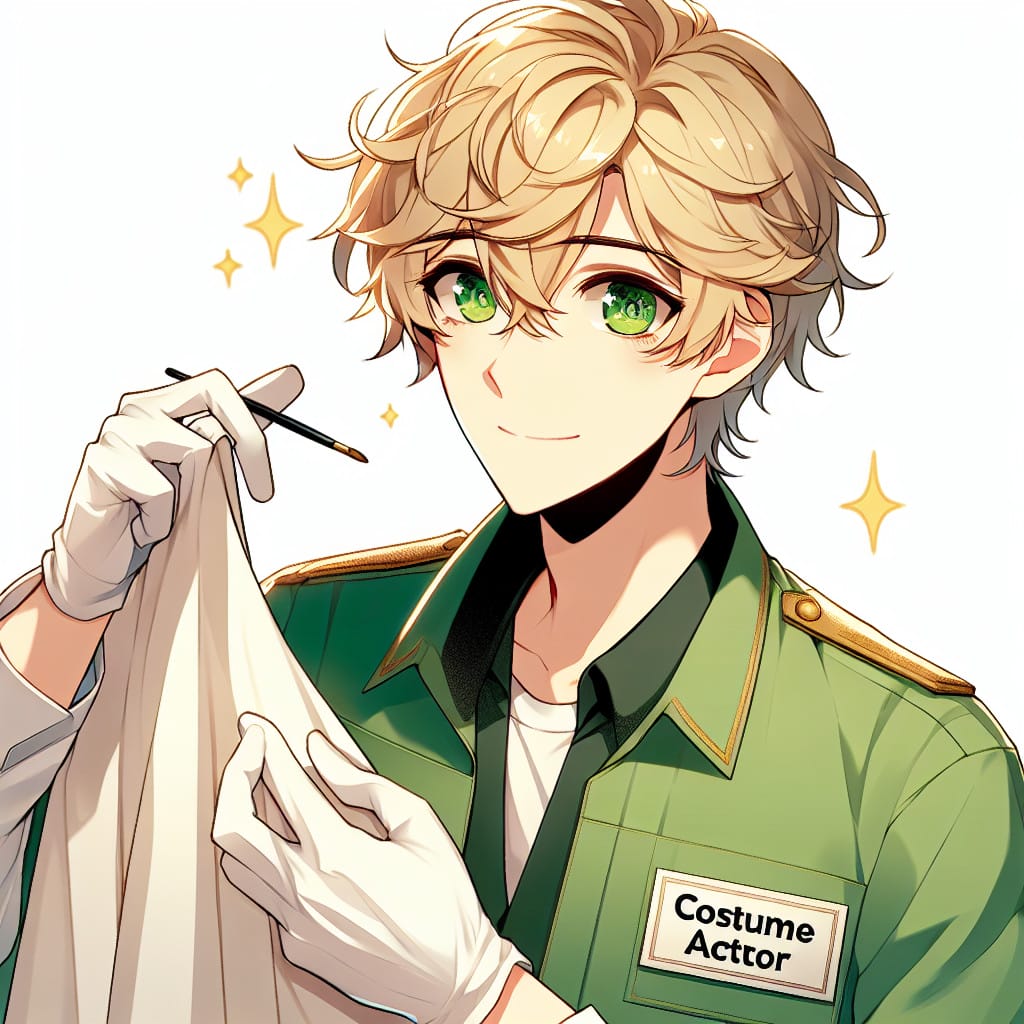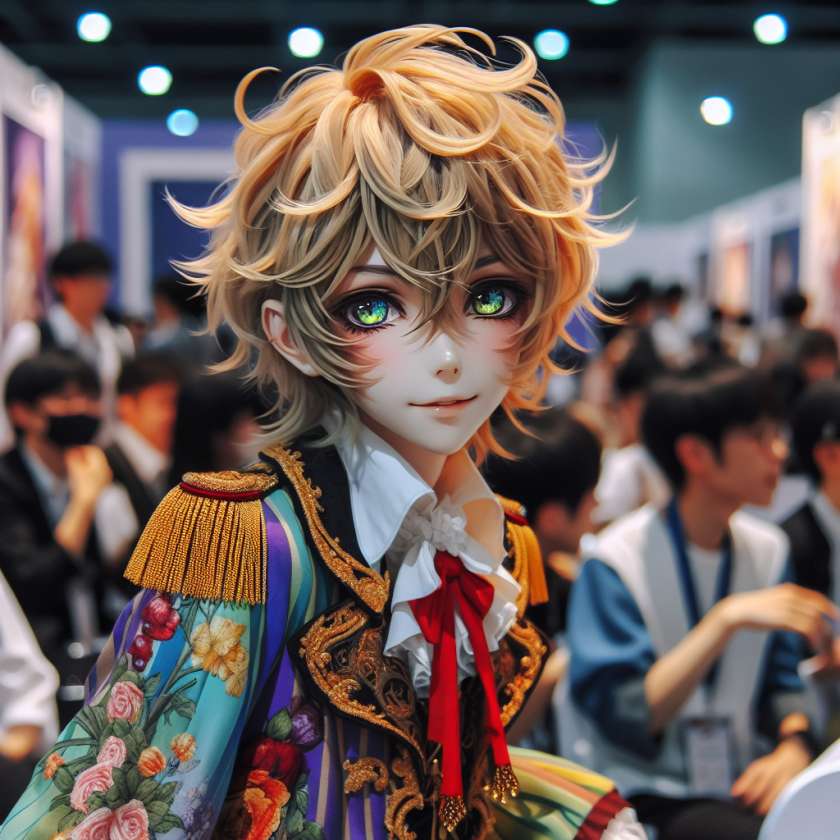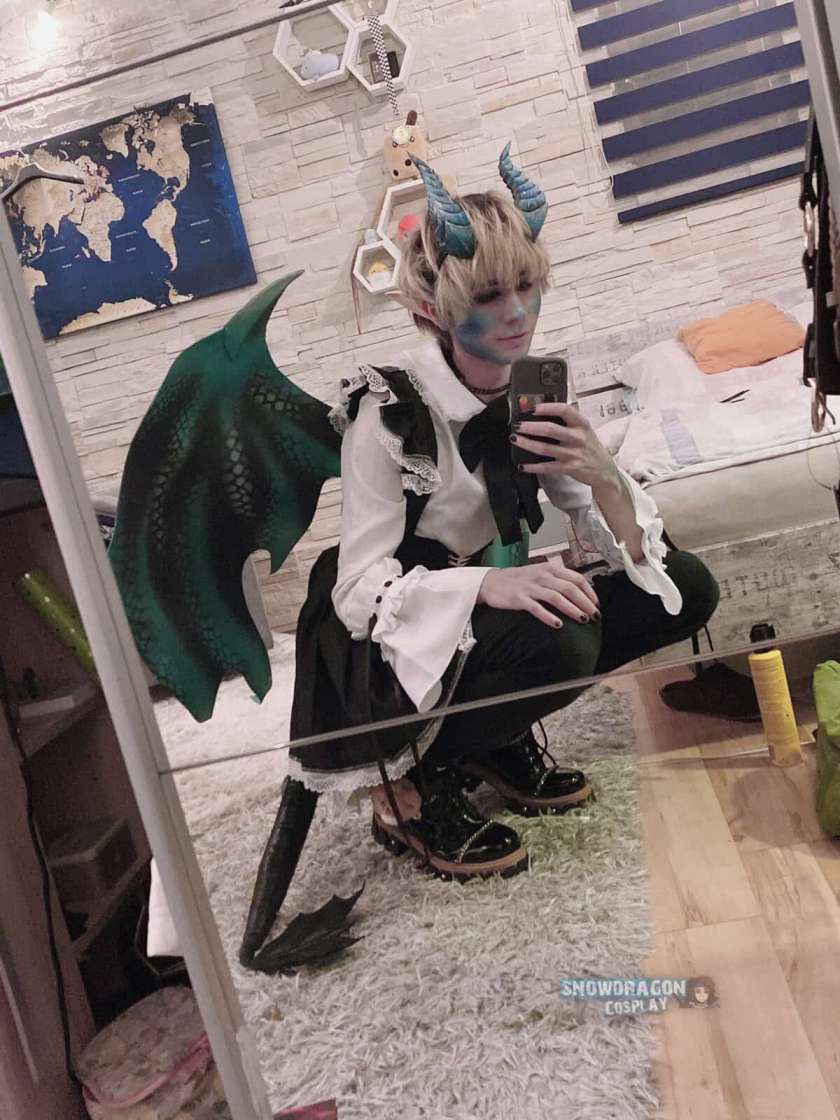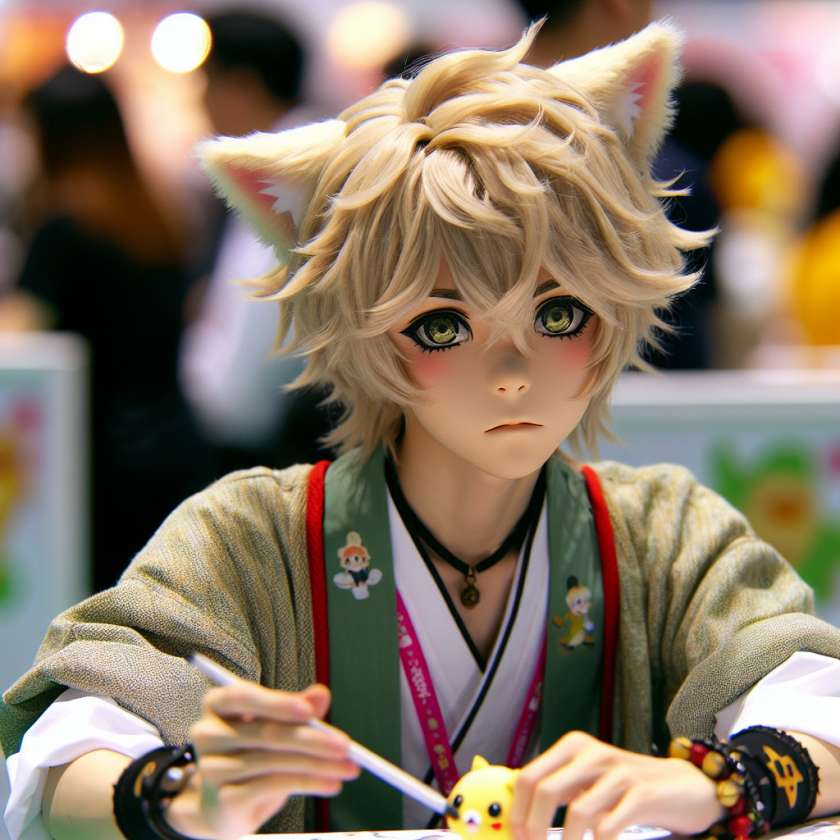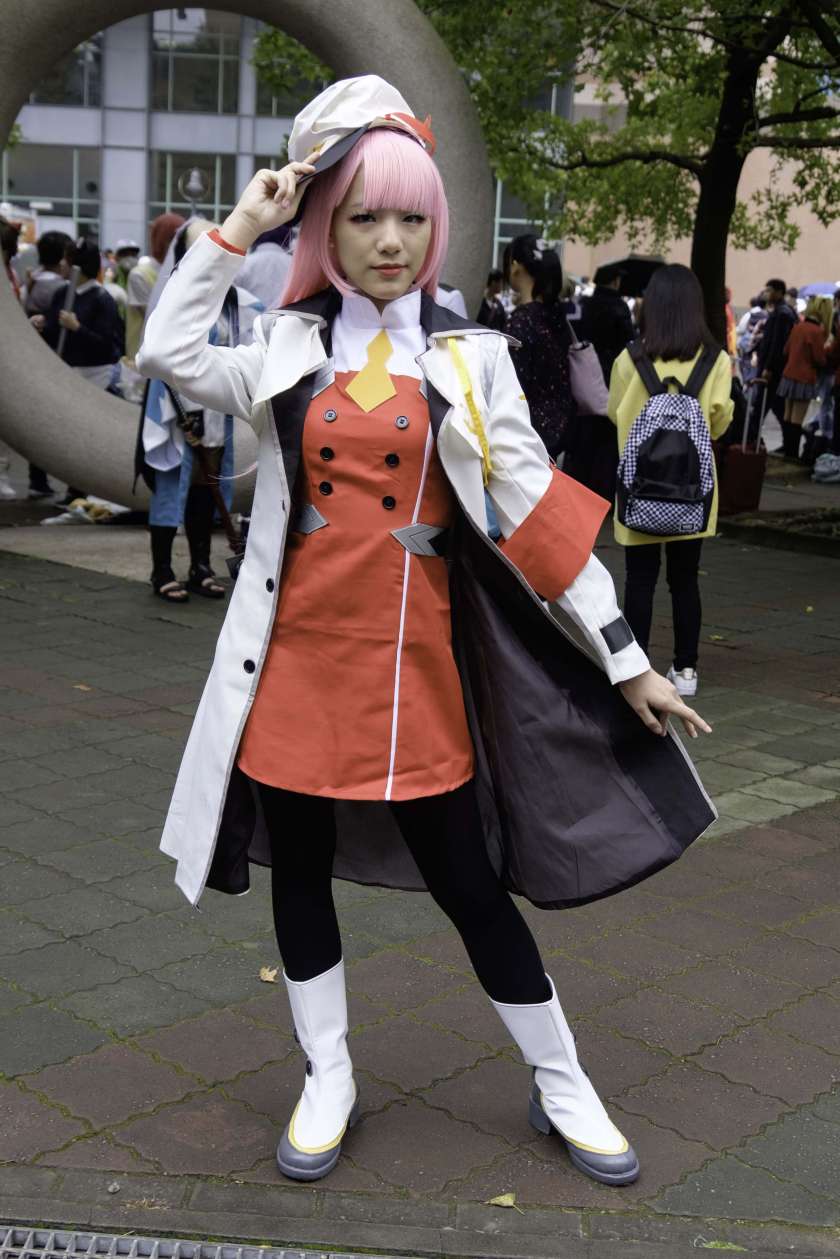
[Sassy_Follow_Icons]
The Emergence of Cosplay in Popular Culture
Cosplay, short for “costume play,” has become a prominent aspect of popular culture in recent years. It refers to the practice of dressing up as a character from a movie, TV show, video game, or comic book and often involves attending conventions and events where enthusiasts can showcase their costumes. The origins of cosplay can be traced back to Japan in the 1970s, where it first gained popularity among fans of anime and manga.
As the years went by, cosplay began to spread beyond Japan’s borders and became more mainstream. Today, it is not uncommon to see cosplayers at conventions all over the world, with people from different backgrounds coming together to celebrate their shared love for fictional characters. The rise of social media platforms like Instagram and TikTok has also contributed to the growth of cosplay, as enthusiasts can now easily share their creations with a global audience.
The Influence of Anime and Manga
Anime and manga have had a significant impact on the development of cosplay. These forms of entertainment often feature elaborate and visually striking characters that are perfect for cosplaying. Japanese pop culture icons like Sailor Moon, Naruto, and Goku have become popular choices for cosplayers worldwide.
[publishpress_authors_box layout="ppma_boxes_890427"]
List of Iconic Anime Characters:
- Sailor Moon
- Naruto Uzumaki
- Goku (Dragon Ball Z)
- Luffy (One Piece)
- Ichigo Kurosaki (Bleach)
The Influence of Comic Books and Superheroes
Comic books have also played a significant role in shaping the world of cosplay. Superhero characters like Batman, Wonder Woman, and Spider-Man are perennial favorites among cosplayers. The colorful costumes and iconic symbols associated with these characters make them instantly recognizable and visually appealing.
List of Iconic Superhero Characters:
- Batman
- Wonder Woman
- Spider-Man
- Superman
- Captain America
Overall, the emergence of cosplay in popular culture can be attributed to the passion and creativity of fans who want to bring their favorite characters to life. It has become a way for people to express their love for fictional worlds and connect with like-minded individuals who share the same interests.
2. Pioneers of Modern Cosplay: Who Led the Way?
The Birth of Cosplay
While the origins of cosplay can be traced back to early science fiction conventions in the 1930s and 1940s, it was not until the late 1970s and early 1980s that modern cosplay as we know it today began to take shape. One of the pioneers of this movement was Nobuyuki Takahashi, a Japanese manga artist who is often credited with coining the term “cosplay.” Takahashi’s love for science fiction and fantasy led him to create elaborate costumes based on his favorite characters, inspiring others to do the same.
International Influences
In addition to Takahashi’s contributions, there were also notable cosplayers from other parts of the world who played a significant role in popularizing cosplay. In North America, fans like Myrtle R. Douglas, also known as “Forry Ackerman,” were instrumental in promoting cosplay at conventions such as Worldcon. Similarly, European cosplayers like Pierre Bernard Jr., known for his iconic portrayal of Captain Harlock, helped expand the reach of cosplay beyond Japan.
Legacy and Impact
The pioneers of modern cosplay laid the foundation for what has become a global phenomenon. Their creativity and passion not only inspired countless individuals to participate in cosplay but also paved the way for future generations to explore their own artistic expressions through costume design. Today, their influence can be seen in the thriving cosplay communities around the world and at major events such as San Diego Comic-Con and Anime Expo.
3. Popular Cosplaying Events and Conventions Around the World
San Diego Comic-Con
One of the most renowned events in the cosplay community is San Diego Comic-Con. Held annually in California, this convention attracts cosplayers from all over the world. With its diverse range of panels, workshops, and competitions, San Diego Comic-Con offers a platform for cosplayers to showcase their skills and connect with fellow enthusiasts.
Comiket
In Japan, Comiket is a major event that draws massive crowds of cosplayers and fans alike. Comiket focuses primarily on self-published manga, but it has also become a hub for cosplay enthusiasts to exhibit their costumes and participate in photo shoots. The event features designated areas where cosplayers can gather and interact with photographers and other attendees.
Dragon Con
Dragon Con, held annually in Atlanta, Georgia, is another popular convention for cosplayers. Known for its inclusive atmosphere and wide variety of genres represented, Dragon Con attracts both experienced cosplayers and newcomers alike. The convention features costume contests, parades, and numerous photo opportunities throughout its four-day duration.
4. The Impact of Social Media on Cosplaying: Growth and Visibility
A Global Platform
Social media platforms such as Instagram, Facebook, and TikTok have revolutionized the way cosplayers share their creations with the world. These platforms provide a global stage for cosplayers to showcase their costumes, connect with fellow enthusiasts, and gain recognition within the community.
Cosplay Influencers
Social media has also given rise to cosplay influencers who have amassed large followings through their stunning costumes and engaging content. These influencers often collaborate with brands or attend conventions as special guests. Their popularity has further contributed to the growth of cosplay as an art form by inspiring others to get involved.
Community Building
Social media has played a vital role in fostering a sense of community among cosplayers. Online groups, forums, and hashtags allow cosplayers to connect with like-minded individuals, share tips and techniques, and support one another’s creative endeavors. This virtual camaraderie has helped create a supportive environment for both experienced cosplayers and newcomers looking to explore the world of cosplay.
5. The Process Behind Creating Cosplay Costumes
Research and Planning
Creating a cosplay costume involves extensive research and planning. Cosplayers often start by selecting a character they want to portray and then gather reference images from various sources, such as comics, movies, or video games. They analyze the character’s outfit, accessories, and hairstyle to understand every detail that needs to be replicated in their costume.
Once the research is complete, cosplayers begin planning the construction process. They break down the costume into different components, such as clothing, armor, props, and wigs. This helps them prioritize tasks and determine which materials will be needed for each part of the costume.
Material Selection and Construction
After planning, cosplayers move on to material selection. Depending on the complexity of the costume, they may use a variety of materials such as fabric, foam, worbla (a thermoplastic material), resin, or even 3D printed parts. The choice of materials depends on factors like durability, flexibility, and how accurately they can replicate the desired look.
The construction process involves cutting patterns or templates from chosen materials and assembling them into wearable pieces. This could include sewing fabric together for clothing items or shaping foam to create armor pieces. Cosplayers may also utilize techniques like painting or weathering to add realistic details to their costumes.
Fitting and Finishing Touches
Once all the components are constructed, cosplayers proceed with fitting their costumes to ensure proper sizing and comfort. Adjustments may be made at this stage to achieve the desired fit.
The final step involves adding finishing touches like accessories, makeup application (if applicable), styling wigs if necessary, and practicing poses or mannerisms that align with the character being portrayed. This attention to detail helps bring the cosplay to life and enhances the overall presentation.
6. Common Materials Used in Cosplaying and Their Contribution to Costume Design
Fabric
Fabric is one of the most commonly used materials in cosplay. It allows cosplayers to create clothing items that closely resemble those worn by their chosen characters. Different types of fabric, such as cotton, silk, or spandex, can be selected based on the desired texture, drape, or stretch required for a specific costume.
Foam
Foam is widely used for creating armor pieces in cosplay. It is lightweight, easy to shape, and provides a sturdy base for detailing and painting. EVA foam and craft foam are popular choices due to their affordability and accessibility.
Worbla
Worbla is a thermoplastic material that becomes pliable when heated. It is often used for crafting intricate details or armor pieces that require durability and flexibility. Worbla can be molded into various shapes and easily attached to other materials.
Resin
Resin is commonly used for casting props or accessories in cosplay. It allows cosplayers to create replicas of intricate objects with high levels of detail. Resin can be dyed or painted after curing to achieve the desired appearance.
Other Materials
- Thermoplastics: Besides Worbla, other thermoplastics like Sintra or Wonderflex are also utilized for creating armor or prop pieces.
- Leather: Leather adds a realistic touch to costumes and is often used for belts, pouches, or boots.
- Metal: Metal components like chains or buckles can be incorporated to enhance the authenticity of certain costumes.
- 3D Printed Parts: With advancements in technology, 3D printing has become increasingly popular for creating intricate and accurate costume elements.
7. Famous Cosplayers Who Have Gained Recognition for Their Work
1. Jessica Nigri
Jessica Nigri is one of the most well-known cosplayers in the world. She gained recognition for her stunning portrayals of characters from video games, anime, and comic books. Nigri’s attention to detail and ability to transform herself into any character she chooses has earned her a large following on social media and at conventions.
2. Yaya Han
Yaya Han is another famous cosplayer who has made a name for herself in the community. Known for her intricate costumes and craftsmanship, Han has been featured on various television shows and has even collaborated with major companies to create cosplay-related products.
8. Choosing Characters to Portray in Cosplay: Personal Preference or Popularity?
When it comes to choosing characters to cosplay, there is often a debate between personal preference and popularity. Some cosplayers prefer to portray characters they have a strong connection with or feel passionate about, regardless of their popularity among others. They believe that cosplay should be about expressing oneself and showcasing creativity.
On the other hand, some cosplayers choose characters based on their popularity within the community or current trends. They may see it as an opportunity to gain recognition or connect with fellow fans who share the same interests. While personal preference should always be valued, there is no right or wrong approach when it comes to choosing characters in cosplay.
9. Guidelines and Rules for Cosplayers at Conventions and Events
Cosplay conventions and events often have specific guidelines and rules that participants must follow. These rules are designed to ensure everyone’s safety and promote a positive experience for all attendees.
Some common guidelines and rules for cosplayers at conventions include:
- Weapons and props must be checked and approved by event staff.
- Cosplay should not obstruct or impede the movement of others.
- Cosplayers should respect personal boundaries and avoid unwanted physical contact.
- Costumes should be appropriate for all ages and not contain explicit or offensive content.
10. Controversies and Debates Surrounding the World of Cosplay
The world of cosplay is not without its controversies and debates. One ongoing debate revolves around the issue of “cosplay accuracy,” where some individuals believe that cosplayers should accurately represent the physical appearance of the character they are portraying, while others argue that creativity and personal interpretation should take precedence over strict accuracy.
Another controversy in the cosplay community is cultural appropriation, which occurs when individuals dress up as characters from a culture that is not their own without understanding or respecting its significance. This has sparked discussions about cultural sensitivity and education within the community.
11. Evolution of Cosplay: Trends and Changes in the Community
The world of cosplay has evolved significantly over time, with new trends and changes shaping the community. One major trend is the rise of group cosplays, where friends or even strangers come together to create themed costumes as a team. This allows for larger-scale projects and fosters a sense of camaraderie among cosplayers.
Social media has also had a significant impact on the evolution of cosplay. Platforms like Instagram have provided cosplayers with a way to showcase their work to a wider audience, gain recognition, and connect with other members of the community. It has become common for cosplayers to collaborate with photographers, makeup artists, and other creatives to create visually stunning photoshoots.
12. Western vs Eastern Styles of Cosplay: Notable Differences
There are notable differences between Western and Eastern styles of cosplay. Western cosplay often focuses on creating realistic costumes with a strong emphasis on craftsmanship and attention to detail. On the other hand, Eastern cosplay, particularly in Japan, tends to prioritize accuracy in replicating the character’s appearance, including wigs, makeup, and props.
Another difference is the level of involvement in character portrayal. Western cosplayers may put more emphasis on acting and embodying the character’s personality during conventions or events, while Eastern cosplayers may focus more on posing for photographs or participating in cosplay contests.
13. Crossplay Examples: Dressing Up as Characters of a Different Gender
Crossplay refers to dressing up as a character of a different gender. This form of cosplay allows individuals to explore their creativity by challenging traditional gender norms and expressing themselves through characters they admire.
Some notable crossplay examples include:
- A female cosplayer dressing up as a male character from an anime series.
- A male cosplayer portraying a female superhero from a comic book.
- A non-binary cosplayer choosing to dress up as a gender-fluid character from a video game.
14. Movies, TV Shows, and Video Games that Influence Popular Cosplay Characters and Genres
Movies, TV shows, and video games have a significant influence on popular cosplay characters and genres. When a highly anticipated movie or game is released, it often leads to an influx of cosplayers portraying characters from that particular franchise.
For example, the Marvel Cinematic Universe has inspired countless cosplayers to dress up as characters like Iron Man, Captain America, and Black Widow. Similarly, popular video game franchises like Overwatch and League of Legends have a dedicated cosplay following, with fans recreating the intricate costumes of their favorite characters.
In conclusion, Cosplayer Wiki is a valuable resource for all cosplay enthusiasts. It provides detailed information and inspiration for creating amazing costumes and bringing beloved characters to life. If you’re passionate about cosplay, don’t forget to check out our cosplay services! We’d love to help you take your cosplaying journey to the next level. So, what are you waiting for? Let’s dive into the world of cosplay together!
